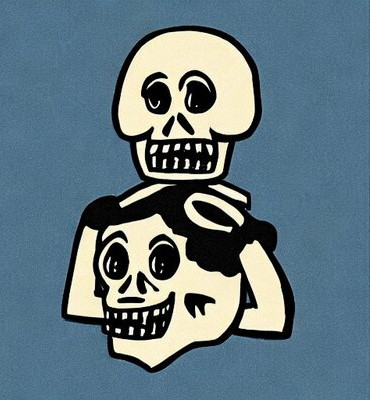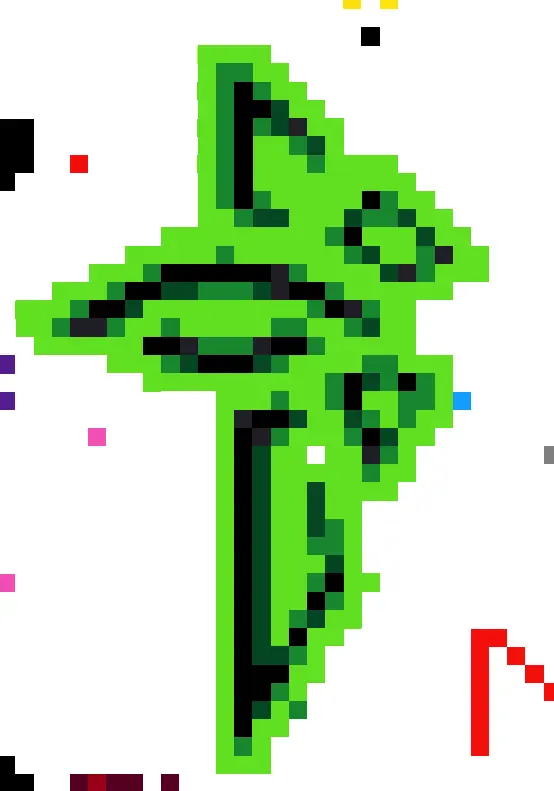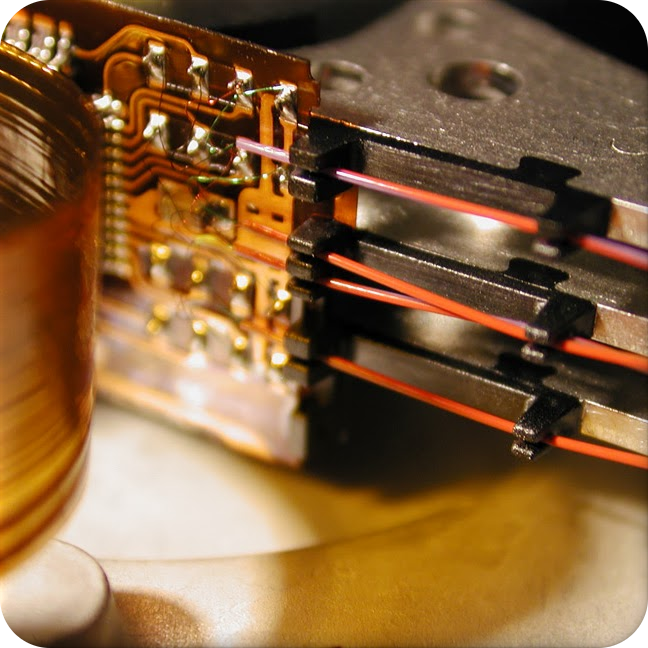I’m having trouble understanding all the benefits of BTRFS and how they’ll apply to me.
Copy on Write and auto-compression seem like they will free up a bit of space.
What other practical benefits will I see from using BTRFS? Are there any noticeable performance benefits?
I use my computer to dual-boot. I don’t need snapshots because I have a custom script for a fresh install. I use my PC for gaming and work. I’ve got an NVMe, two SSD’s and one HDD.
Thanks in advance!
I love btrfs. Mostly, because I had a couple of instances of data loss with ext4, and because it’s far more user friendly than xfs. Btrfs has sane defaults, and when you do want to use the tooling, there’s a lot of good documentation, and it’s mostly straightforward.
That said, unless you have some reason to be mucking around with the fs or want to play with snapshots or such, then I’d say just use your OS defaults.
deleted by creator
I know it’s all in my head, but there’s something about a fresh install that gives me comfort.
I do a fresh install every few months when something starts behaving funky and it’s normally faster than figuring out what’s wrong.
Snapshots just don’t have the same appeal to me lol
deleted by creator
Damn bro, start learning about data recovery. I would be investing all my time into it.
the main advantage of snapshots is how fast it happen, in two reboots with little to no wait time you can get your system back
You do a fresh install every couple months? Damn. I’m using the same install from like… 7 years ago? Which was also 3 laptops ago. I just keep copying the install partitions from one laptop drive to the next.
There is definitely something rewarding to figuring out an issue and fixing it, vs starting from scratch every time. Also, you realistically shouldn’t be having serious issues every few months, unless you’re running a rolling distro like arch and there’s issues with packages. I do think a bit of that might be in your head,or you’re experiencing some weird hardware issues/failure.
Switched hardware on my home server last week and moved to proxmox. My Ubuntu installation that was running before that was installed 2011.
I use BTRFS simply because I run a rolling distro of Linux. For the average user, I don’t think it is quite as necessary but the snapshots are nice. Of course, you could use timeshift to make snapshots as well.
Copy on write is likely to introduce significant performance decreases in cases where large or medium size files have a couple bytes changed. It’s usually recommended to turn CoW off on those files; I found it to be more hassle than it’s worth for a root filesystem. It is still a reasonable file system for file storage that looks more like archival - files land there and seldomly or never change. If you don’t have a specific need in mind though, I wouldn’t bother - in my opinion, it’s not great as a general purpose filesystem.
Copy on write is likely to introduce significant performance decreases in cases where large or medium size files have a couple bytes changed. It’s usually recommended to turn CoW off on those files
Do you happen to have a source or benchmark for this? My understanding of CoW is that the size of the file does not matter, as BTRFS works with blocks and not files. When a block is changed, it’s written to a new location. All the old blocks that are not changed are not written again - this wouldn’t even make sense in the context of how BTRFS deduplicates blocks anyway.
So:
-
10 kB base file
-
modify 1kB of the content
-
== 11kB total “used” space, and 1kB of new written blocks.
that old 1kB that is no longer part of the file will eventually be cleaned up if needed, but there’s no reason to delete it early.
-
Why would OpenSuse/Fedora choose it as their default filesystem if it was as bad you describe?
Thanks for the advice!
How do you define medium or large files? What examples of these exist on root?
Yes, a few examples of advantages here: https://lemmy.world/post/3197228
deleted by creator
This is hearsay or you didn’t properly configure your snapshots, no way around that.
I found the “best of both worlds” setup is xfs for root fs and then btrfs for /home.
Is this arch?
deleted by creator
Yeah, I assumed something similar. Arch (may be endeavor also) is very much a la carte build your own system, so coyld be some tweaks needed. I found Leap and Tumbleweed have no issues with btrfs because its integral to the whole distro. My NVME use on desktop and laptop have been going steady for 7 years.
deleted by creator
There is a 2 page zypper cheat sheet online that is helpful for learning the commands, but they also have Yast2-GTK GUI you can launch; installing packages is just clicking the checkboxes of what you want and unchecking for what you dont want, or selecting certain package versions and click the lock icon. Then hit apply. The nice part of the GUI is you can see what files it provides and read descriptions etc all in one place. I agree, the installer is confusing because there are so many ways to configure your partitioning-either manually or with auto, or semi auto., It is a bit overwhelming at first, I was lost when first coming to linux, and reinstalled it a few times to suit as I learned what it (and myself) was doing. Now that I’m used to it it provides an amazing amount of power and flexibilty.
deleted by creator
Also something not glaringly obvious is when you get to the summary page of the installer you can click the software title and it brings you to the package install section, you can uncheck any or all groups/patterns or click detail and choose individual packages that suit your needs.
I use ZFS, not BTRFS, but both have snapshots, and if you’re someone who likes to tinker with their system like me, it lets you do so without worrying that it will break.
[This comment has been deleted by an automated system]
Transparent compression, snapshots, copy-on-write, deduplication, and data checksumming (and healing via read or scrub) are the main things you might notice as an end-user. BTRFS is mostly on par or slightly slower than other simpler filesystems for speed (can be faster on HDDs due to compression), so if you’re using it you probably want to be taking advantage of the features it offers, not because it’s going to be faster.
Healing won’t work without copies (RAID) available. However, scrubbing regularly can also allow your drive to detect and correct errors before they become irreparable.
As a (semi) power user I also use btrfs subvolumes to create “partitions” (single disk system, @root, @home, @docker), allows for making snapshots only for system or user data, etc.
All around, I love btrfs and I am never going back to journaling fs like ext4
I use btrfs only for secondary and external drives, while keeping the main system on ext4.
For me, BTRFS is worth it for the transparent compression and file integrity checks alone.
I am not sure what Fedora does for virtual machines via boxes (like transparently disabling COW), but one caveat with BTRFS is that you have to be aware that COW is a problem for usage patterns of virtual machines on their images. Just for this one example alone BTRFS is probably not a good fit for the average user.
Another thing which I just learned very recently, is to mount BTRFS volumes with the noatime option significantly speeds up a lot of workloads on my machine (machine has a decent SSD). Again, using the noatime option might create some problems in corner cases, so one should be aware what one is doing.
Yes, snapshots nice to have and compression reduces the disk usage for the operating system and software quite a bit.
Yes and no. It is good and I did one restore of some files that worked fine, but in my case it was noticeably affecting my boot up times, and I reverted to ext4 (boot ups were fast again to less than one minute). For some reason, BTRFS was resulting in quick login, but about 18 mins before my actual desktop was responsive after login. I spend many days trying to troubleshoot that. Maybe you won’t have this problem. I had my SSD system drive on ext4 with Timeshift backups, and my /home partition on BTRFS.
So I’m back on my ext4 doing a daily automated backup to a second drive with rsync (LuckyBackup app). I think there are further kernel improvements coming to BTRFS later in this year. But I’ll probably only retry it again end of 2023 or in2024. So if you decide to move, just benchmark your boot times, so you can judge if it affects them badly or not.
That said, BTRFS has some great features, lost no data for me, and I think has a great future.
If you don’t think you want snapshotting then dont worry too much about it and use whatever fs you like. if you want a nice btrfs experience try tumbleweed or leap, it is already fully integrated with system and grub , and maintenance with cleanup etc. cobbling together btrfs on your own is fine too but if you miss sometging and mess things up it is usually user error not btrfs error. .










